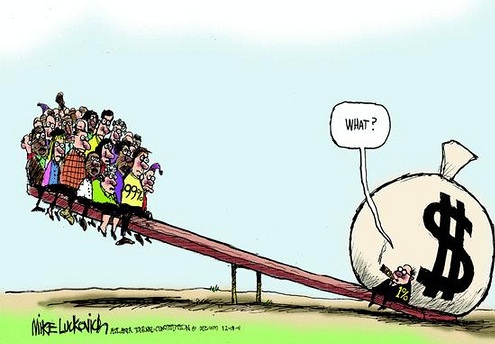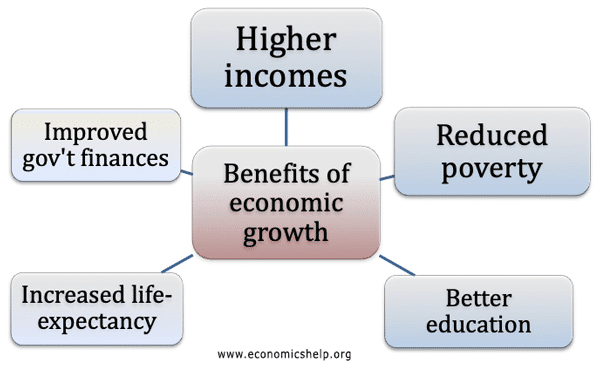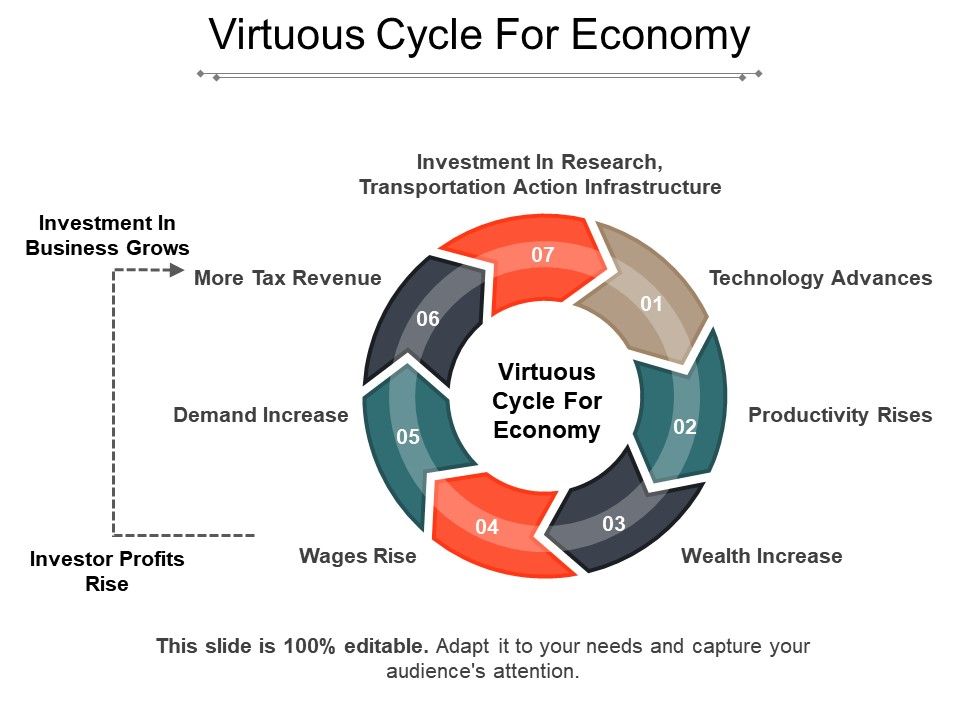Relevance: G.S paper III: Indian Economy
Context:
Contraction of GDP by 23% in the April-June quarter wasn’t really a shock. With one of the world’s strictest lockdowns, economists had anyway predicted a contraction between 15% to 25%.
Almost all sectors of the economy, except agriculture, posted a decline.
Although comparing the April-June contraction with the growth rates of the previous quarters won’t be correct because of this unique pandemic situation; a fall in GDP for any reason whatsoever has an adverse effect on the economy and its people.
Detailed Analysis
- GDP needs to grow. Growth can generate virtuous circles of prosperity and opportunity.
- It leads to a higher national income and enables a rise in living standards.
- When it does not grow, say because of insufficient consumer demand, it reduces the average income of the businesses.
- Reduction in the average income of businesses then signals a squeeze in job opportunities. Businesses lay off their workers, reducing the average income of workers as well.
This entire cycle has an effect of reducing the per capita income of the country. And, there is overwhelming evidence that higher per capita income is important to lead a better quality of life.

- Plus, if the rate of GDP growth falls below the rate of labour force growth, there won’t be enough new jobs created to accommodate all new job seekers. Put differently, the unemployment rate will rise.
A fall in GDP affects the poor more. Inequality may become more noticeable.

Though studies have proved that growth does not necessarily reduce inequality, inclusive growth tends to benefit everyone.
- A growth in which the poor participate in the growth process will definitely have a positive impact on the inequality front.
- Research finds strong evidence that sustained growth is the most important way to reduce poverty. On average, a 1% increase in per capita income reduced poverty by 1.7%.
Growth creates more opportunities in the labour markets and increases financial inclusion. So, nothing would work better than economic growth, in enabling a rise in the standard of living of people, including those at the very bottom.


- A fall in per capita income reduces the tax revenues for the Government. This reduces the amount spent on public services including investment in infrastructure.
- The government then looks for alternative sources to cover the shortfall. Like increasing the taxes on petrol and diesel or borrowing more money.
- To raise debt, the government would usually borrow from the private sector. Therefore, with higher government debt, there is likely to be a fall in private sector investments as the private sector uses its funds to buy government bonds.
- At a higher debt level, there is a risk that rating agencies would downgrade India’s credit rating. Markets would then demand higher interest rates to compensate for the increased risk of default.
- This higher interest rate will increase the amount of Government’s debt interest payments, reducing the available amount to be spent on public infrastructure.

Thus, we can say that a higher debt could lead to lower economic growth. Countries like the US can be an exception to this.
- To take care of the falling GDP, RBI would try to reduce the interest rates. When interest rates in the economy go down, from a foreign investor’s perspective, saving or investing in our country would not yield better returns.
- This would decrease the demand for rupee resulting in a weak exchange rate.
- Every country that has achieved sustainable growth has managed a significant increase in the levels of both domestic and foreign investment.

A weaker rupee would mean that everything from studying abroad to holidaying abroad will become more expensive.
- Deposits with banks form around half of household financial savings in India. With the excess liquidity generated in the financial system on account reduced interest rates, rates on deposits would go down, affecting savings.
- But all these are monetary effects of falling GDP. Impact of a strong or weak growth is not restricted to only these factors.
- Strong growth creates employment opportunities, which improves incentives for parents to invest in their children’s education, raising long-term growth rates and income levels as they play a key role in the creation and application of new knowledge.
- Strong growth reduces infant mortality. India demonstrates the strength of this relationship: a 10% increase in GDP is associated with a reduction in infant mortality between 5%-7%.
- Fewer diseases, higher life-expectancy, reduced gender and ethnic oppression. Growth has a positive effect on all of these.
- For example, the prevalence of HIV/AIDS is 3.2% for the least developed countries and 0.3 per cent for high-income countries.
Growth, therefore, advances human development, which in turn, promotes growth.
The lower growth rate in GDP would be acceptable only if the government focuses more on the overall well-being of people than on growth.


3 comments